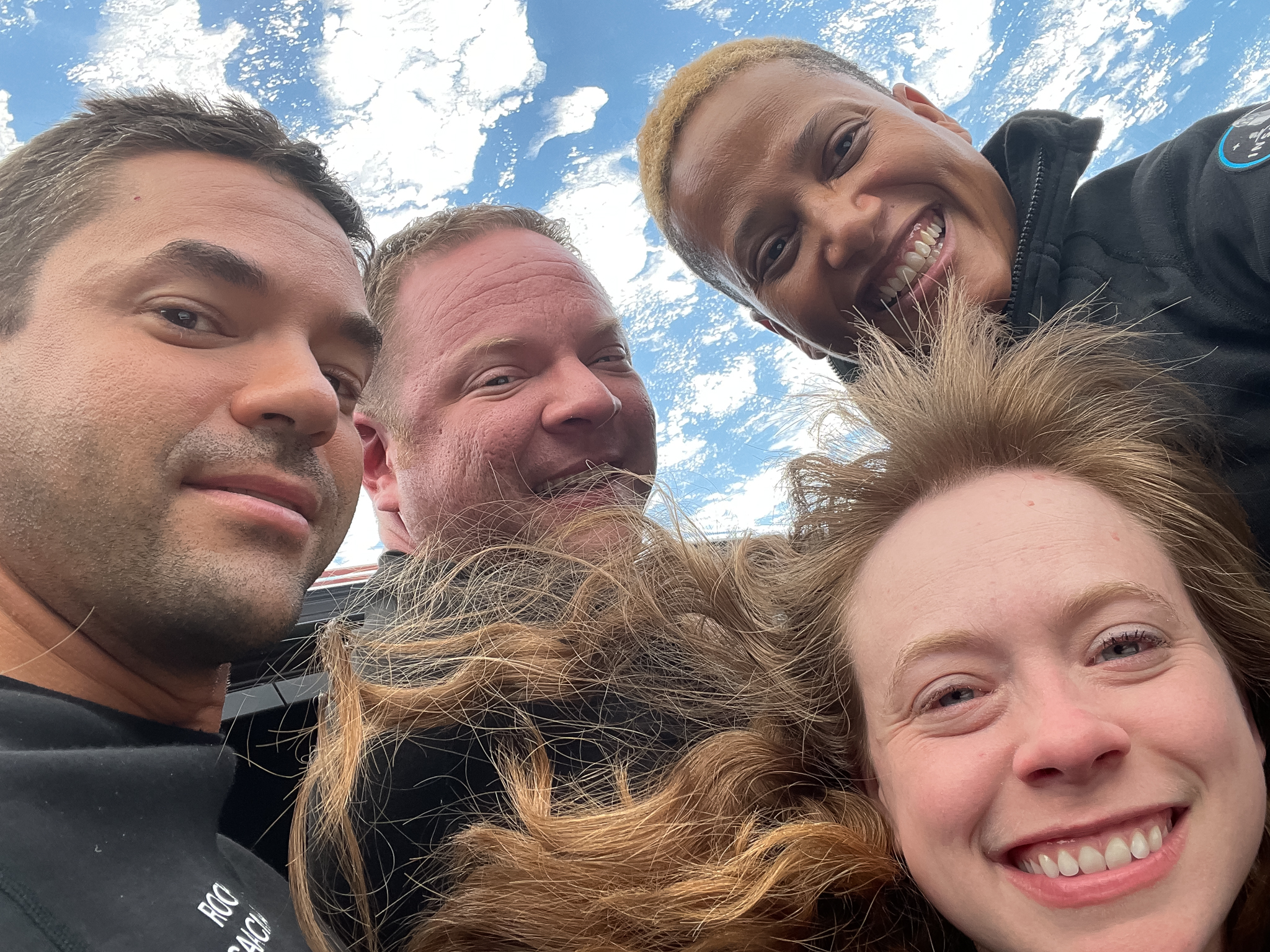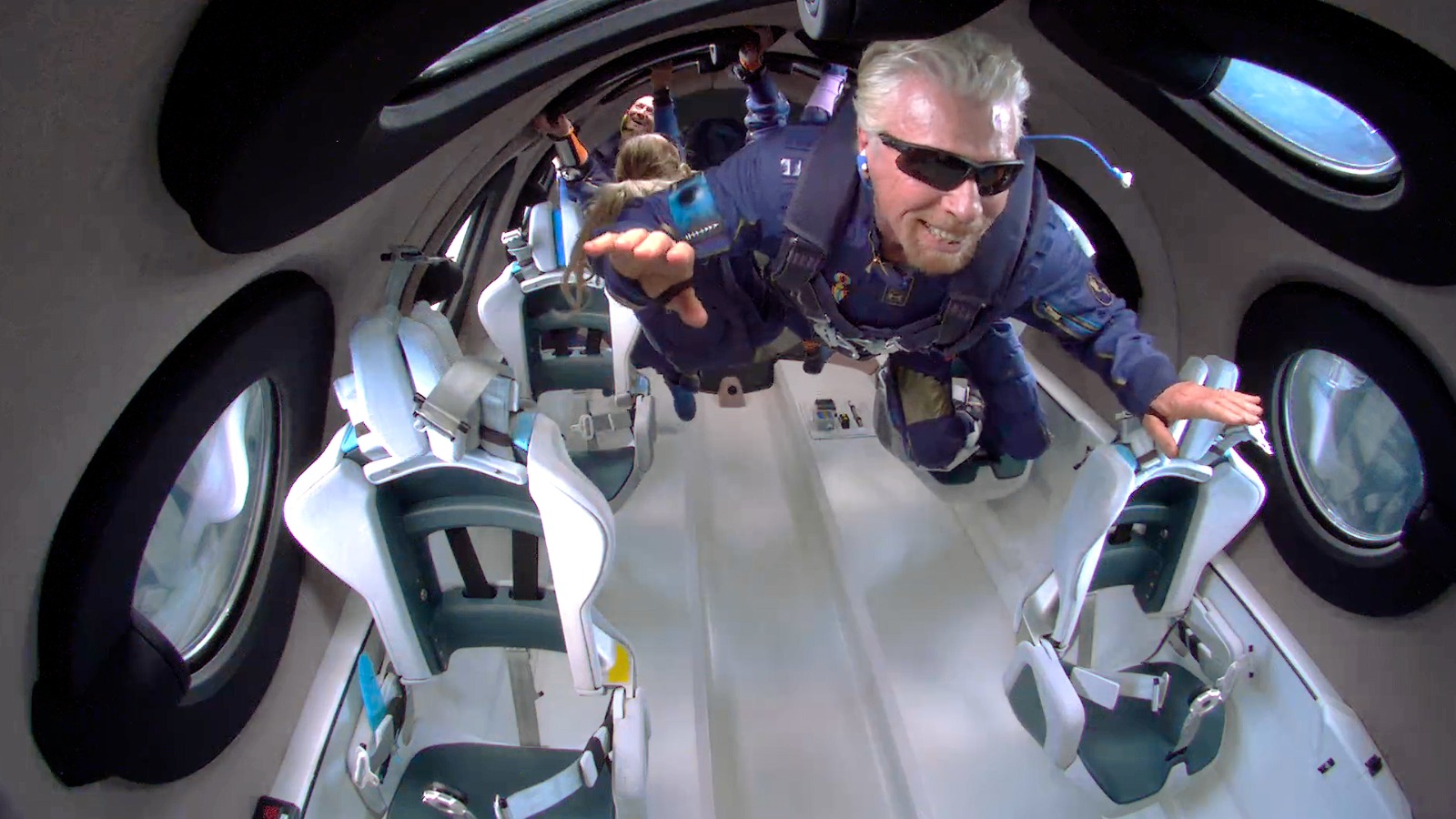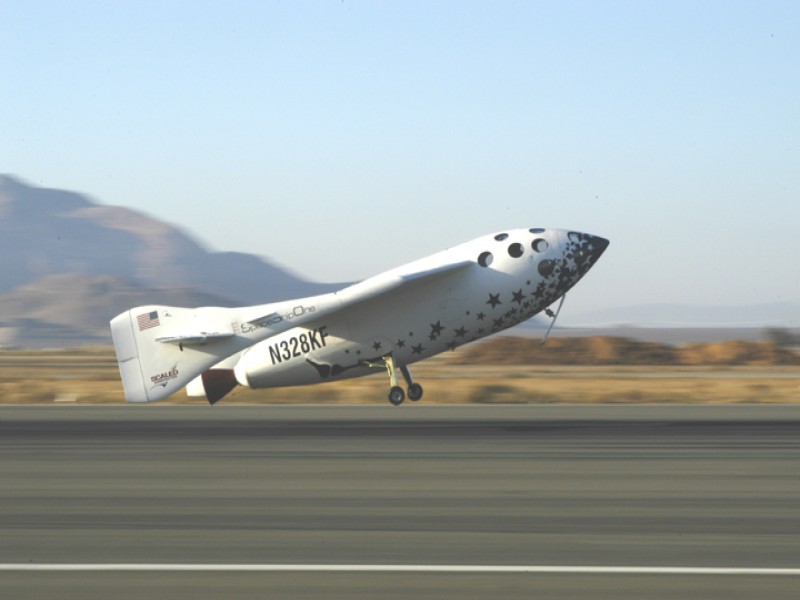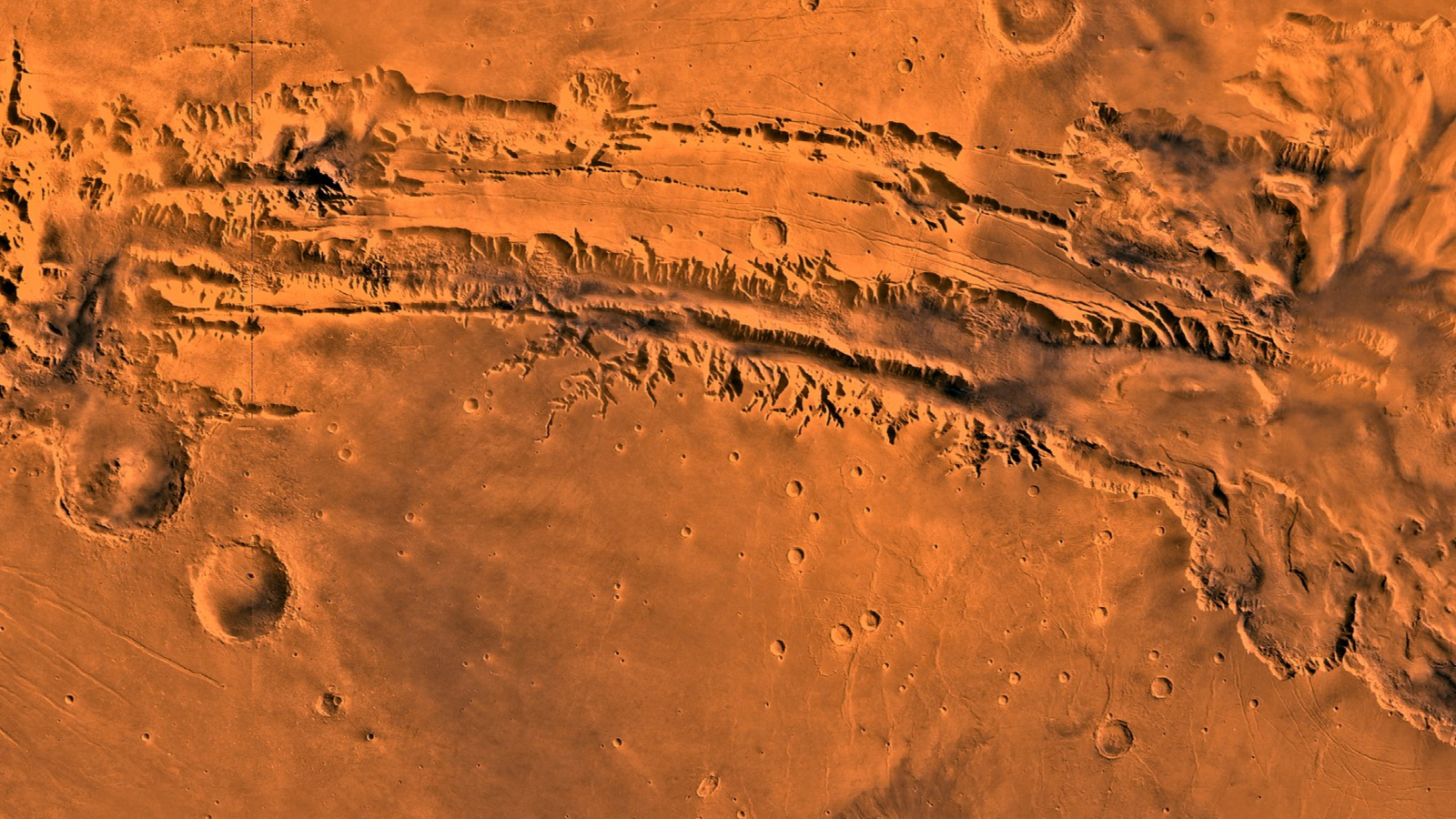FAA ending commercial astronaut wings program as more people reach space
The 17-year-old program met its goal in raising awareness and the names will still be listed online, the agency said.

After a record-breaking number of commercial spaceflyers in 2021, the Federal Aviation Administration (FAA) plans to end its commercial astronaut wings program.
The FAA made the decision to do this after noting "the number of people launching to space [will] increase dramatically in the coming years," the agency said in a statement Friday (Dec. 10). Starting in 2022, all future commercial spaceflyers will instead receive a listing on the FAA website.
“The Astronaut Wings program ... served its original purpose to bring additional attention to this exciting endeavor. Now it's time to offer recognition to a larger group of adventurers daring to go to space," Wayne Monteith, FAA associate administrator, said in the statement.
Related: SpaceX's Inspiration4 mission just opened a new era of private spaceflight
Since 2004, the year that the first pair of commercial spaceflights took place with Scaled Composites' SpaceShipOne, the FAA has offered commercial astronaut wings to individuals on private spacecraft who made it above 50 miles (80 kilometers) in altitude above Earth.
In July 2021, just days after Blue Origin founder Jeff Bezos went to space July 20 along with three other individuals, the FAA added a new qualification for wings membership. Those who participate in commercial missions must have "demonstrated activities during flight that were essential to public safety, or contributed to human space flight safety," the FAA said at the time.

That said, Bezos is on the list of wings recipients, along with his crew members Wally Funk (a qualified pilot, instructor and member of the Mercury 13 who sought astronaut status in the 1960s), Bezos' brother Mark, and student Oliver Daemen.
Breaking space news, the latest updates on rocket launches, skywatching events and more!
In fact, the FAA says it has 15 more people to add to the list from 2021 — and this is before a crew of six more individuals are scheduled to depart Earth Saturday (Dec. 11) aboard Blue Origin NS-19. Should the flight go this year as expected, all six individuals are likely eligible to qualify for astronaut wings, although the FAA will make the final determination as to who receives the award.
Indeed, 2021 saw soaring numbers of people in space aboard a host of different spacecraft. To date this year, Virgin Galactic has run one crewed mission to suborbital space and competitor Blue Origin has notched two such flights; meanwhile SpaceX launched Inspiration4, an all-civilian orbital spaceflight that raised money for charity.

FAA's wings program came to be at the instigation of Patti Grace Smith, the agency's former associate administrator (now deceased) at the office of commercial space transportation.
"With three commercial space companies now licensed by the FAA to fly spaceflight participants, and companies conducting operations, her vision is largely fulfilled," the agency stated.
The FAA astronaut wings program only includes spaceflyers from commercial opportunities, as it is meant to honor commercial pilots and flight crew "to promote the development of vehicles designed to carry humans into space," the FAA stated.

This means that in 2021 alone, two missions with non-professional astronauts aboard Russian Soyuz spacecraft did not make the cut. The excluded missions included two Japanese citizens aboard Soyuz MS-20 (including billionaire Yusaku Maezawa), currently docked at the International Space Station, along with Russian actor Yulia Peresild's previous Soyuz MS-18 flight (with director Klim Shipenko) in support of a space film.
Also excluded from the wings list (since they will fall after the cutoff date) will be the four individuals expected to fly with Axiom Space in 2022 for a research-focused mission at the International Space Station. That said, Axiom crew member Michael Lopez-Alegria already has NASA astronaut wings from his first spaceflight: space shuttle mission STS-73 in 1995.
Friday's announcement also includes two honorary awards of FAA wings to Michael Alsbury and Peter Siebold. who were on board a Scaled Composites SpaceShipTwo spacecraft that crashed Oct. 31, 2004, during a Virgin Galactic test flight. Alsbury died as a result of the crash, while Siebold survived with severe injuries.
Follow Elizabeth Howell on Twitter @howellspace. Follow us on Twitter @Spacedotcom and on Facebook.
Join our Space Forums to keep talking space on the latest missions, night sky and more! And if you have a news tip, correction or comment, let us know at: community@space.com.

Elizabeth Howell (she/her), Ph.D., was a staff writer in the spaceflight channel between 2022 and 2024 specializing in Canadian space news. She was contributing writer for Space.com for 10 years from 2012 to 2024. Elizabeth's reporting includes multiple exclusives with the White House, leading world coverage about a lost-and-found space tomato on the International Space Station, witnessing five human spaceflight launches on two continents, flying parabolic, working inside a spacesuit, and participating in a simulated Mars mission. Her latest book, "Why Am I Taller?" (ECW Press, 2022) is co-written with astronaut Dave Williams.
